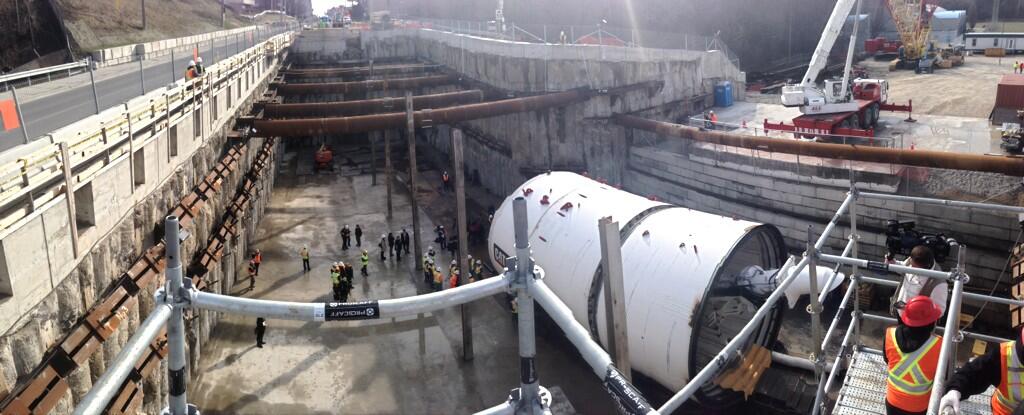BurlOak
Senior Member
Just took a Streetview trip.
The only ones I see are:
-Credit Union Drive
-Pudham Gate
-Simott Road
-Rosemont Drive
This list only includes streets that cross the track, with stoplights and that don't have any stations at them.
It was far fewer than expected, which is great news. I'm hoping Metrolinx eliminates the intersections from Eglinton. Judging by the amount of cars, they are fairly low traffic.
It also means that signal priority should be significantly easier to manage since they'll only be at stations (if Metrolinx removes the 4 previously mentioned stops), synchronizing arrival at stations shoudn't be too much of a challenge.
Is it yet known if the LRT will be using Stop Request, or will they be stopping at every station? Some on UT seem to think that the surface portion will use Stop Request while Metrolinx has given me the impression that the LRT will be stopping at all underground stations. However I doubt that they'll have implement two different systems on the underground and surface sections. Any thoughts?
The benefit of stopping at every station is that synchronizing signal priority so that two LRVs can pass (EB and WB) will be far easier.
There are 15 in total. It is nice that there is no chance of an LRT being delayed by traffic lights if there is a stop there.
.(see link).
To stop bunching, I think it has to stop at every stop.
Last edited:





